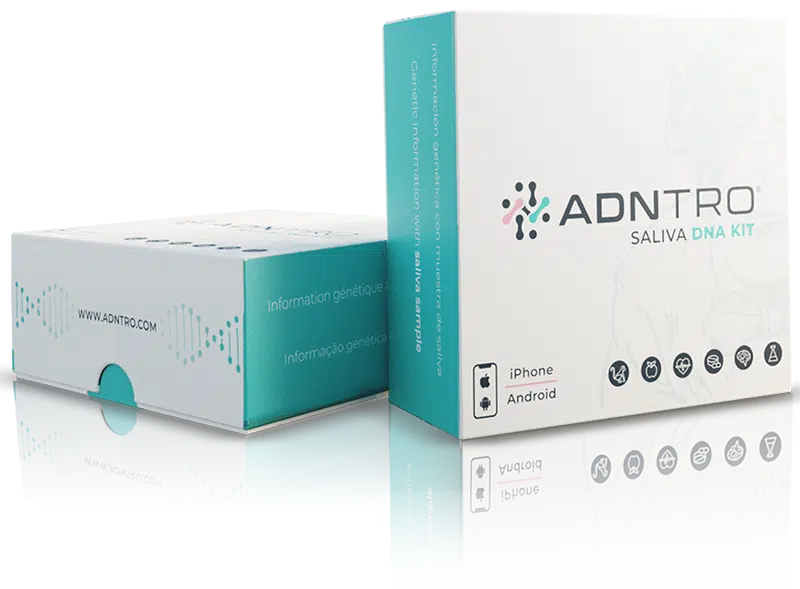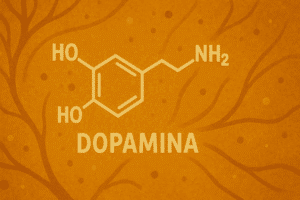To understand how our organism works, it is necessary to go to the basis of everything, to how our DNA works. There are three fundamental DNA processes without which we would not exist: replication, transcription, and translation.
These processes belong to the central dogma of molecular biology, a fundamental concept that establishes the sequence of events that occur in cells to produce proteins (our functional elements).
The central dogma of molecular biology
The dogma was originally proposed by Francis Crick in 1958 and is based on three main principles: DNA replication, transcription, and translation.

DNA replication
DNA replication is the process by which genetic information contained in a DNA molecule is copied to another DNA molecule. This process is essential for cell division (obtaining two daughter cells from one mother cell - mitosis). It is also essential for the transmission of genetic information from one cell to its offspring.
In DNA replication, the DNA double helix separates and each strand serves as a template for the synthesis of a new complementary strand. The synthesis of the new strand is carried out by the enzyme DNA polymerase. This enzyme requires the presence of a DNA template strand and an RNA primer. The result is two DNA molecules identical to the original molecule.
DNA transcription
The process by which DNA is transcribed into RNA. The genetic information stored in DNA is transcribed into messenger RNA (mRNA) through the activity of an enzyme called RNA polymerase. To simplify the molecular process, we could say that transcription is an "intermediate" and necessary step so that the information contained in DNA can be expressed in functional elements of the organism, proteins.
DNA translation
The process by which RNA is translated into proteins. The mRNA is transported out of the nucleus into the cytoplasm where it binds to ribosomes. Ribosomes are responsible for protein synthesis and use mRNA information to produce the correct sequence of amino acids that will make up the protein.
Conclusion of the central dogma of molecular biology
The central dogma of molecular biology is a fundamental concept in molecular biology that describes the flow of genetic information in a cell. The dogma states that genetic information flows from DNA through RNA synthesis and then through protein synthesis.
More specifically, dogma states that DNA is transcribed into RNA, which in turn is translated into proteins. This process is known as gene expression and is crucial for the functioning and survival of cells.
DNA is the genetic material that contains the information necessary for protein synthesis, while RNA acts as an intermediary, transporting genetic information from DNA to ribosomes, where protein synthesis occurs.
Exceptions to the central dogma of molecular biology
Although the dogma has been widely accepted since its formulation in the 1950s, some recent discoveries have cast doubt on its rigidity. For example, it has been shown that some viruses can synthesize proteins from RNA without going through DNA, and that certain types of RNA can have functions beyond serving as intermediates in protein synthesis (such as interference RNA).
Another exception is retrotranscription, the process by which RNA is used as a template to synthesize DNA. This process is carried out by the reverse transcriptase enzyme, and is present in retroviruses, such as HIV.

It is important to note that these exceptions are relatively rare compared to processes that follow the rules of the central dogma of molecular biology. However, these exceptions are important for understanding the complexity of cell biology and for developing a more complete understanding of how genetic information flows within cells.
Do you want to know the secrets hidden in your DNA? 👀 Don't wait any longer, use the code. BLOG10 on your purchase and enjoy a discount of 10%. Embark on the journey to self-knowledge with the genetic test from ADNTRO or uploading your RAW DNA data!














